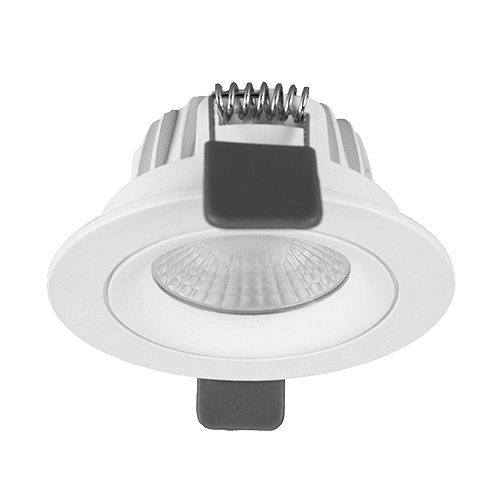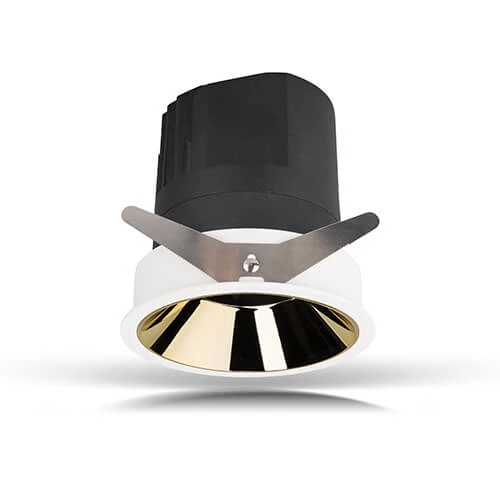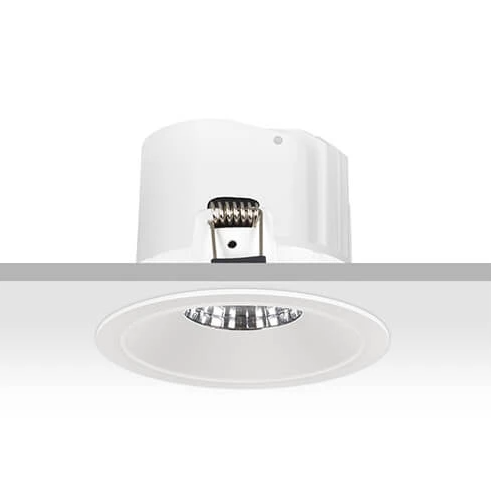Recessed lighting is a popular choice for modern homes, providing a sleek and stylish way to illuminate various areas of a room. However, proper installation is crucial to ensure safety and optimize functionality. In this article, we will discuss the rules and guidelines for installing recessed lighting.
When it comes to electrical installations, adherence to rules and regulations is essential. Installing recessed lighting without following the prescribed guidelines can lead to hazards such as short circuits, electrical shocks, or even fire accidents. Therefore, it is crucial to understand and implement the rules for recessed lighting installation.
The first step in installing recessed lighting is deciding where to place it. This decision depends on the purpose of the lighting, the size and layout of the room, and the type of recessed lights being used. Adequate spacing between lights is necessary to prevent overcrowding or shadows. It is recommended to consult an electrician or an interior designer to determine the best placement for your specific needs.

Recessed lighting comes in various types, including LED, incandescent, and halogen. Each type has its own characteristics and suitability for different applications. LED lights are energy-efficient and have a longer lifespan, while incandescent lights provide warm ambient lighting. Halogen lights offer bright, focused illumination. Consider the lighting requirements and energy efficiency before selecting the appropriate type for your installation.
The housing of recessed lighting refers to the fixture that holds the light bulb and other components. It is essential to choose the appropriate housing based on factors such as insulation compatibility, installation location (ceiling or wall), and fire safety requirements. Non-IC (Insulation Contact) housings are used when there is insulation present, while IC-rated housings can come in contact with insulation without posing a fire hazard.

Proper wiring is crucial for recessed lighting installation to prevent electrical issues. It is recommended to hire a certified electrician for this task. The wiring should comply with the local electrical codes and should be connected to a dedicated circuit. Sufficient slack in the wire should be provided to allow for adjustments during installation. Secure wire connections using proper electrical connectors and regularly inspect them for any signs of wear or damage.
Recessed lighting requires proper clearance to ensure safe and efficient operation. The fixtures should have sufficient space around them to dissipate heat and minimize the risk of fire. Follow manufacturer guidelines for the required clearance between the light fixtures and any nearby combustible materials such as insulation or wooden beams. Failure to provide adequate clearance can result in overheating and potential fire hazards.
One of the benefits of recessed lighting is the ability to control the intensity of the illumination. Installing a dimmer switch allows you to adjust the brightness according to your needs, creating the desired ambiance and saving energy. Ensure that the dimmer switch is compatible with the recessed lights being installed, and follow the manufacturer's instructions for proper installation.
Recessed lighting installation requires careful planning and adherence to specific rules and guidelines. It is important to determine the placement, select the appropriate lighting type and housing, ensure proper wiring, maintain adequate clearance, and consider using a dimmer switch for control. By following these rules, you can not only create a well-lit and visually appealing space but also ensure the safety and functionality of your recessed lighting installation.
 HK international lighting fair(Autumn Ed
HK international lighting fair(Autumn Ed
 What Type of Downlight Is Suitable for H
What Type of Downlight Is Suitable for H
 What Makes Recessed Down Lights Ideal fo
What Makes Recessed Down Lights Ideal fo
 Enhancing Outdoor Lighting with IP65 Rec
Enhancing Outdoor Lighting with IP65 Rec